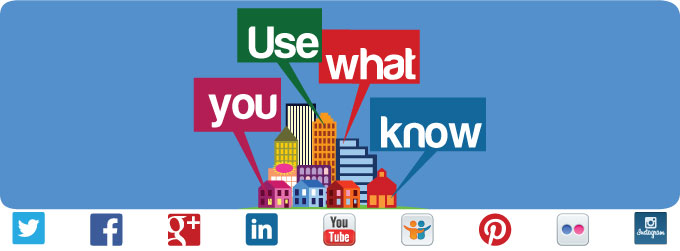Introduction to Topics as a
Learning Activity
William Horton identifies a topic as
a way to accomplish specific objectives. Horton also explains that topic
learning is a low-level learning object in a course or knowledge product. A
learning object, as defined in e-learning by Demitru states that it,
"enriches a traditional teaching resource with computer services, enabling
a certain degree of interactivity" (Demitru, P., 2005).
These types of learning objects help
to motivate and increase student interest. According to Horton, topics consist
of the following components: objective, title, introduction, test, activities,
summary and links. Furthermore,
according to Newby, Stepich, Leham, Ottenbreit-Leftwichn & Russell, each of
these components is important, but to know whether or not there is evidence of
what learners know and can do their must also be an assessment or test.
Topics can vary in length. Topics can
include text, graphics, voice, animation, video and more. William Horton,
states that topics accomplish individual learning objectives. They may consist
of a single page or many. They may center on a single activity or may span
multiple complex activities (Horton, W., 2012).
They may mix text, graphics, voice,
music, animation, and video. They may take minutes or hours to complete. But
each topic accomplishes one learning objective and achieves it entirely. That’s
what makes them issues. This chapter will show you how to design e-learning
questions to achieve your learning objectives. (Horton, W., 2011)
In this assignment, I will
demonstrate different ways to explain the concept of solving both the
subtraction and addition two digit numbers. Learning is a valuable tool that we
encounter in our lives, and we learn something new almost every day of our
lives. In this topic activity, I want
the students to realize that there are different ways to learn things. All
students learn differently and sometimes using different techniques allows the
student to learn the material.
What do you know:
Over the course of the past three
weeks, we have been learning about different numbers and how they can be added
and subtracted from other numbers to create a new number. We have learned about what an addition and
subtraction sign looks like and what they are used for. We also watched a video about the different
words that we might see in an addition or subtraction number sentence (+, -,
and =).
What do you want to know:
Teach the concept of subtraction and
addition in different formulas where the student can understand the main notion
of the two digit numbers. We will do
this by using some form of technology such as an IPAD or a computer. All
students should have access to one or both of these devices where the students
could use the different applications to download the information. The use of technology will help students
advance to the next level academically.

What are you trying to measure, determine, or define:
Students need to know what each
number represents in a problem. By knowing what each number represents will
allow the students to determine when they should add or subtract.
Teach students the regrouping method
so that they know when to group and when not to group their problems. The
students will see that by using the regrouping method, it will be much easier
for them to determine the solution of a problem.
Teach the tens and one's value of the
numbers where the students learn when to carry numbers in an addition problem.
The students would know when he or she need to borrow, take or takeaway from a
series in the subtraction process which is also call regrouping.
Will the learners be able to use the
information they have learned so far and the information given to promote the
use of addition and subtraction in real life situations?

How will you collect and record information:
A test will be administered to
students on both subtraction and addition two-digit problems. After reviewing
all the material the students should understand the material. There are
different assignments to prepare the students on how to understand the
concepts. There are two tests; one is on
subtraction, and the other one is also. These tests were designed base on the
material that was taught to these students. After administering the test, each
student should have some knowledge of the content that they’re being tested
on. There will be some students who are
still having little problems with the material, but additional help will be
given to them until.
How will you report the information you collect:
The teacher will keep a log of
student’s responses and how they perform on the test and investigate if they
understand the process of adding and subtracting numbers.

Are all interested groups included
in planning and conducting the needs assessment:
The following teachers and staff will
be incorporated in the planning and conducting of the needs assessment for the
students:
- 1st First Grade Teachers
- Special Education teachers
- Para Educators
References:
Dumitru, P. (2015, June 20). Learning objects make learning
easier.
Horton, W. (2012). E-Learning by design (2nd ed.). San
Francisco, CA: Wiley.
Zhu, D., Fukazawa, Y., Karapetsas, E., & Ota, J. (2014).
Activity-based topic discovery. Web
Intelligence & Agent Systems, 12(2),
193-209. doi:10.3233/WIA-140292


No comments:
Post a Comment